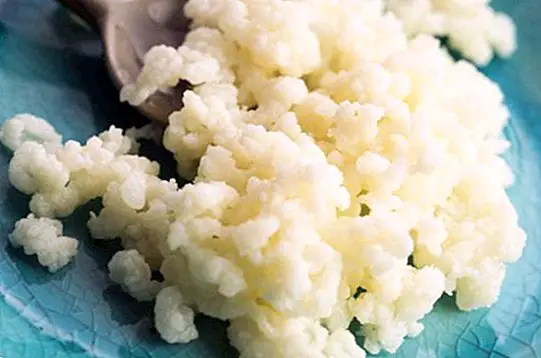Tips for oily skin: how to take care of it easily
The skin It is the largest and longest organ of our body, being able to reach between 1.5 to 2 square meters, and which in turn tends to weigh between 3 to 4 kg. In fact, it is in a direct and permanent relationship with other organs, hence any alteration that may arise in it may indicate the presence of some type of dysfunction or disease.
Among its most important functions we can mention that of protecting our organism from microbial, mechanical, physical and chemical attacks, helping us in the process of regulating body temperature, it is fundamental in the synthesis of vitamin D and transmitting tactile, thermal and / or painful through their different nerve endings.

There are different skin types whose characteristics and care vary enormously from one to the other. So knowing what type of skin we have is essential when it comes to maintaining care as appropriate and correct as possible, since the hygiene products or care to be used will vary depending on the skin we have.
How is a oily skin
Oily skin is characterized as a type of skin that produces excess sebum. It has medium to large pores in what is known as the T zone of the face (it includes the forehead, nose and chin), being possible to find them in other areas such as the cheek or neck.
The sebaceous glands are characterized by being hyperactive, which gives the skin a bright appearance. In addition, it is a type of skin more prone to the presence of acne, and to the existence of sealed pores.
We must pay attention to the climatic conditions, since Both heat and humidity tend to increase the production of sebum, while a lower humidity and a cool temperature helps its elimination.
Recommendations to care for oily skin
If the oily skin is dehydrated it tends to produce more sebum and fat to compensate, so the main objective is to eliminate excess fat but without removing the layer that protects the skin in a completely natural way.

They are especially useful - and adequate - the use of soft soaps, whether liquid or in pill. They are also very advisable water-based gels, especially when you use them twice a day.
On the use of cleaners, it is advisable to use a cleaner based on clay or milk, or combine them with the use of ground nut or seed cleaners, which helps to clean the skin of fat without precisely removing its protective layer.
After cleaning your skin it is useful to apply a astringent herbal infusion with certain medicinal plants: in this sense, parsley, rosemary, mint, sage, lemon balm, thyme or lemon grass stand out. These herbs have the ability to help remove possible residues left by the cleaning product, while restoring the proper pH level.
When moisturizing the skin remember that it is not advisable to moisturize excess oily skin, since in many cases it may not be necessary in fact. However, it is useful to spray your face and body with moisturizing herbal water, especially lemon balm, rosemary or rose.

Recommended masks for oily skin
- Mask of parsley and mint: you need 1/4 cup of chopped fresh parsley, 1/4 cup of chopped mint leaves and 2 cups of distilled water. Put the water in a saucepan and bring it to the boiling point, when it reaches this point remove from the fire. Add the herbs, cover the saucepan and leave to macerate for 30 minutes. Filter and reserve in a glass bottle up to a week in the refrigerator. When you apply it, use a cotton ball and leave it on until it dries.
- Lemon mask: you need the juice of half a lemon and 1/2 cup of witch hazel. Split the lemon in half and squeeze it to get its juice. Boil half a cup of water in a saucepan and when it reaches boiling point add the witch hazel, turn off the heat, cover and let it macerate for 30 minutes. Then filter the infusion, mix with the lemon juice, reserve in the refrigerator and when cold apply it on the face.


